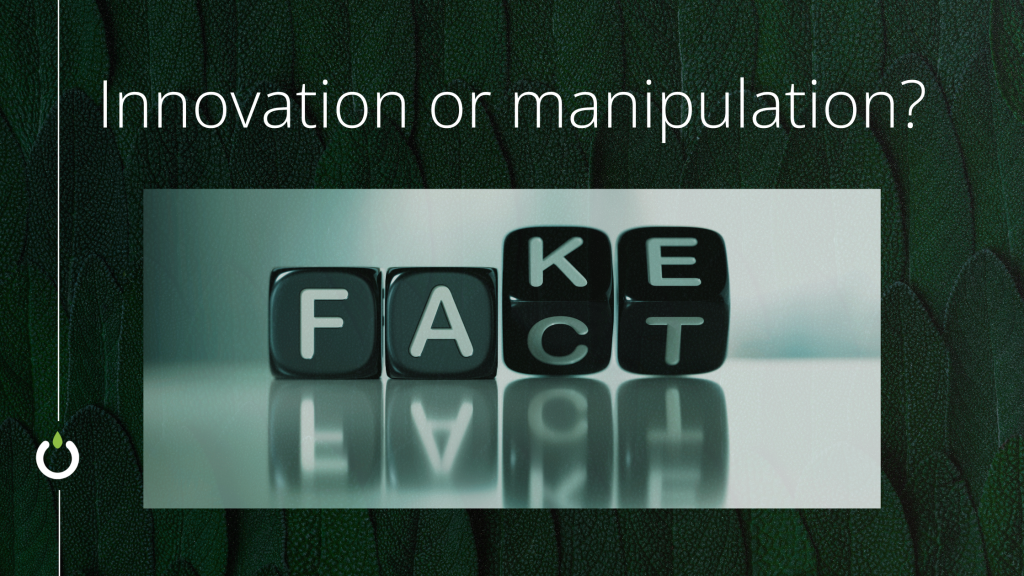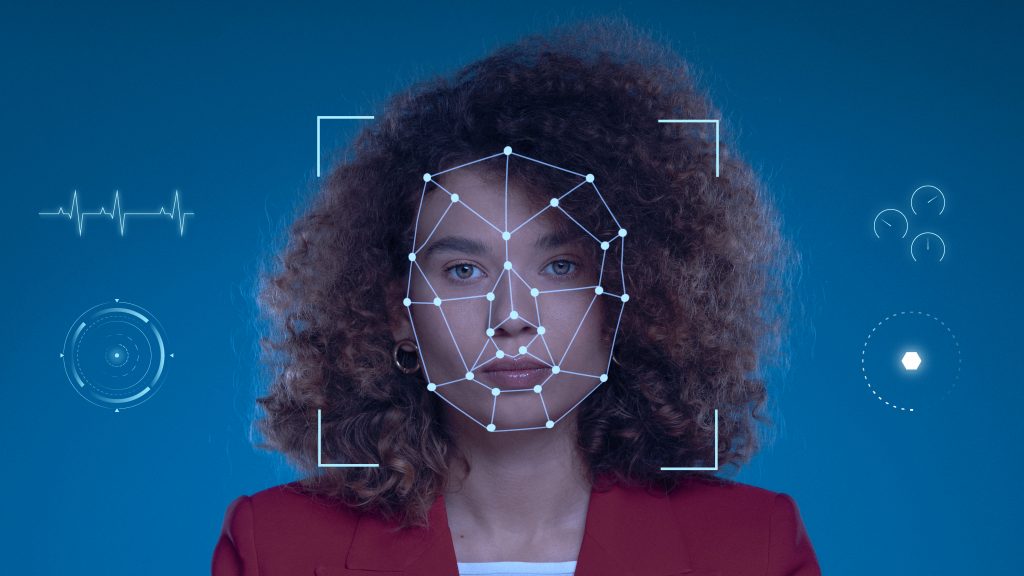Deepfake: innovation or manipulation? In what ways might augmented reality trick or benefit us?

Deepfake: innovation or manipulation? In what ways might augmented reality trick or benefit us?
Let’s imagine several scenarios to practice our creativity. Firstly, Elvis Presley releases his latest album in the 2020s. Secondly, Richard Nixon discloses the unsuccessful attempt at a moon landing in a parallel universe. Lastly, Michael Jens realizes on his honeymoon that he has become the face of over-the-counter medication by candidly sharing his health issues on TikTok. Salvador Dalí himself greets guests at the Dalí Museum in St Petersburg. With deepfake technology, these amazing, yet fictitious, scenarios may soon become a reality. These things were “imagined” and “staged” using deepfake technology, but they did not happen.
In a world increasingly aware and fascinated by new possibilities, the line between fact and fiction is becoming thinner and thinner. In the absence of clear regulations, and with an ever-subjective morality, it becomes our responsibility to be careful not only what we create, but also what we believe.
And as people’s people, as leaders, marketers, and communicators, we have a responsibility to create guidelines to help us deal with this subject assertively, first of all understanding how it can help us and in what ways it can harm us. And that’s what we set out to make clear in this article.
Let’s start at the beginning, with a clarification: what is deepfake technology?
The term “Deepfake” is a mix of “deep learning technology” (deep learning) and “fake videos” (fake), a technological fusion that has come to life in the form of surprisingly realistic images and video footage. Deepfake technology uses advanced artificial intelligence algorithms to learn the intricate details of a person’s face from various angles, capturing the unique expressions and nuances that make each person distinctive. This information is then used to generate or superimpose faces over other people in videos. While the accuracy of this technology can range from mildly amusing to deeply disturbing, it has the potential to create convincing but false videos that can be used to spread misinformation.
A recent example of a deepfake that captured the public imagination was the virtual resurrection of artist Salvador Dalí, “greeting” visitors at a Florida museum. Also, the scene of a young Carrie Fisher in Star Wars: Rogue One, shot after her death, is another example of how deepfake can be used to keep actors’ memories alive in new cinematic contexts.
But deepfake technology is not just about recreating the past or superimposing faces in new contexts. This technology has a whole spectrum of uses, from language dubbing in films, which allows characters to speak fluently in any language, to personalizing advertising messages, where a CEO could appear to speak personally to each customer. In theory, a politician could send personalized messages to constituents, tailored specifically to their local interests and concerns.

Disadvantages of using deepfake
Let’s be honest, though: deepfake technology also comes with red flags and significant risks. The power to manipulate visual and auditory reality can be exploited for nefarious purposes, such as falsifying public statements by politicians, creating fake news, or even non-consensual pornography, which would cause major ethical and legal problems. This mirrors the technological duality in which innovation simultaneously opens up new possibilities for creation and disaster.
Advantages of using deepfake
Despite its potential risks, deepfake technology brings a lot of innovative opportunities, especially in the field of marketing. When used ethically and transparently, these technologies can significantly reduce video campaign production costs, improve the implementation of omni-channel campaigns, and facilitate the creation of hyper-personalized content.
This transforms the interaction between brands and consumers into a more dynamic and engaging experience, tailoring advertising messages to the individual needs and preferences of each consumer.
Examples of successful use
Many of the world’s best-known brands have incorporated deepfakes into their marketing strategies. One notable example is the German company Zalando, which has used the technology to generate appearances by model Cara Delevingne in over 290,000 customized, culturally and linguistically tailored campaigns for different European markets. This type of personalization allows for greater resonance with the target audience, increasing the effectiveness of advertising campaigns.
Another impressive example is the “Malaria Must Die” campaign, which used deepfake to put the voice and face of the famous David Beckham in messages in multiple languages, appealing to a global audience to generate awareness and mobilize resources for the fight against malaria. This type of campaign demonstrates how deepfakes can be used to amplify important messages and support humanitarian causes.
In the education sector, deepfake technology has been applied to create virtual assistants that provide personalized and interactive support for device use. For example, users can receive step-by-step instructions from a virtual “instructor” demonstrating the correct use of a camera or new software, facilitating learning and enhancing the user experience.
These examples highlight how deepfake, used responsibly, can bring significant benefits in marketing, education, and social activism, demonstrating its potential to innovate and improve the way we interact with technology and information.
Final thoughts
Deepfake is a double-edged technology. On the one hand, it brings unexpected opportunities for creativity and innovation in marketing and other fields. On the other, there is a significant risk of abuse that can undermine trust and credibility in the information age. As this technology evolves, it will be essential to navigate between its potential to enrich the human experience and its risks of distorting reality.
This calls for strict regulation and clear guidelines to ensure the responsible use of the technology and protect consumers from potential abuse.
The difficulty of distinguishing fake from real can negatively affect the political sphere and destroy lives by creating harmful or even illegal content. Without trust, our society becomes vulnerable to manipulation, scams grow exponentially, and legal and consent issues become increasingly complex.
So the question remains: to what extent is Deepfake a revolutionary form of innovation or a dangerous tool of manipulation? The answer to this question will shape the future of technology and how we interact with augmented and virtual reality in all aspects of our lives. What’s your opinion?
